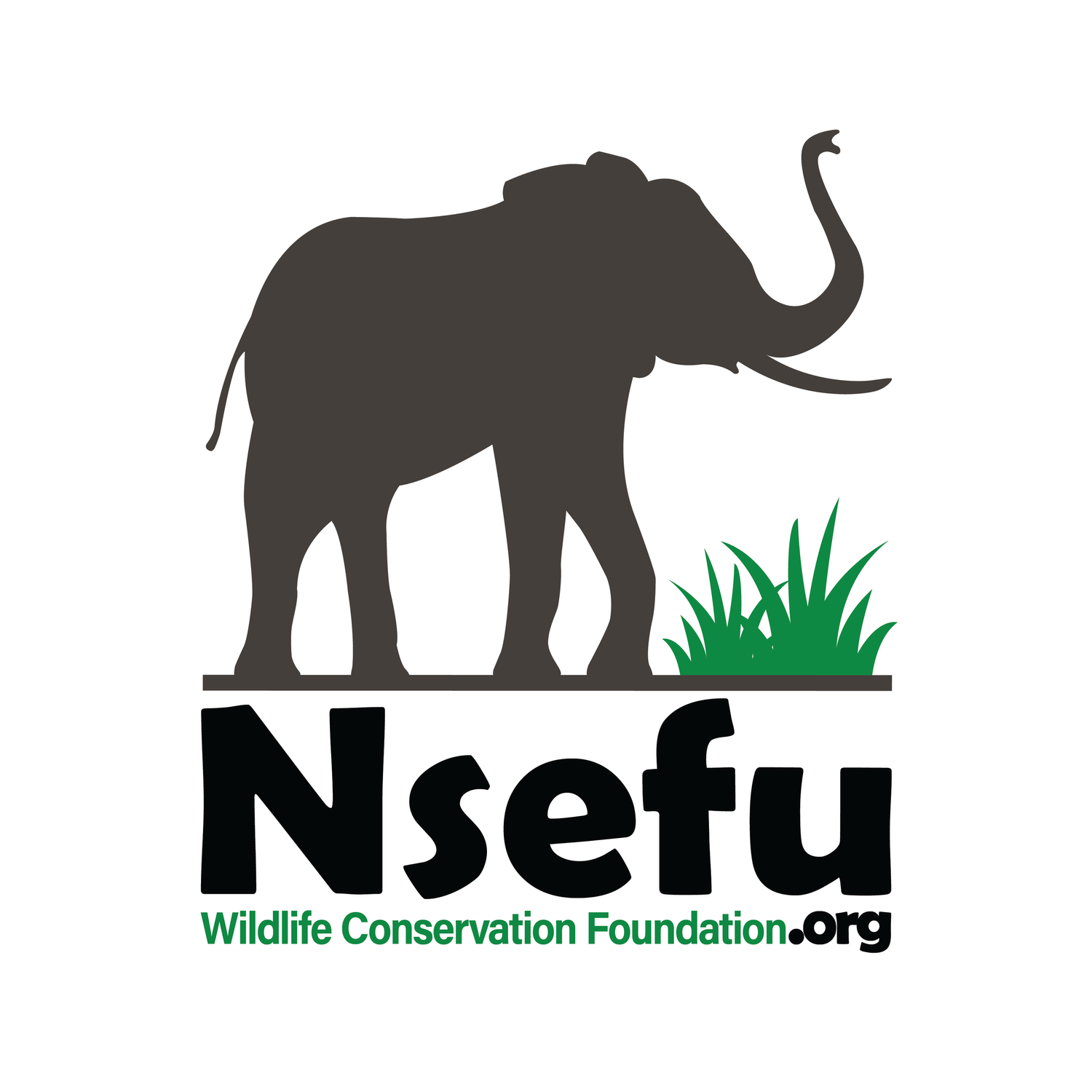
CONSERVATION NEWS
Trophy hunter slaughters second rare large-tusked elephant in Zimbabwe
Same man reportedly killed record-breaking elephant ‘in its prime’ in 2015
Same man reportedly killed record-breaking elephant ‘in its prime’ in 2015
A trophy hunter has reportedly shot dead a rare large-tusked elephant in Zimbabwe, four years after killing the largest elephant hunted in Africa in three decades.
Photographs of the huge elephant show it on its side on the ground after it was killed in Gonarezhou National Park.
The hunt was apparently organized by JWK Safaris who posted the image to their Facebook page. In the photos two men can be seen with their faces blurred.
The post, which was subsequently deleted, appeared to name a “professional hunter” as the man who killed the elephant.
The post reads: “Morning Hunters. Here are two photos of a trophy elephant bull that was hunted yesterday in the Gonarezhou Safari areas of Zimbabwe.”
“These tusks have not been weighed yet.”
“This is an exceptional Gonarezhou trophy bull with long, thick and symmetrical tusks that are typical of the Gonarezhou and Kruger gene.”
According to AfricaGeographic.com the hunter is the same person who shot dead a bull elephant in 2015 estimated to be the largest killed since 1986.
JOIN US ON MAY 4TH FOR THE GLOBAL MARCH FOR ELEPHANTS & RHINOS.
At the time, the hunters reportedly claimed the hunt was ethical as the elephant was past his breeding years. However, elephant experts later said the bull was 35-40 years old and was of prime breeding age.
There is concern regarding the loss of the genes that such a large tusker carries.
Elephants are now believed to be growing smaller tusks because poaching and hunting has removed so many big-tusked elephants from the gene pool, the National Geographic said in 2015.
The elephants apparently targeted by JWK Safaris roam between national parks and the adjacent hunting areas, the organisation says on their website: “All of the Zimbabwean hunting concessions that JWK Safaris have on offer are open to the adjoined National Parks that serve as feeder parks to the hunting areas.”
The website adds: “These are serious hunter hunts in big game country. We book on average 60 big game hunters a year in Zimbabwe and have done so for some years now.”
JWK Safaris have been contacted for comment.
KAZA adopts Botswana’s scientific management plan for transfrontier area
Bloc adopts scientific wildlife management system .
12 APR, 2019
Story by: Leonard Ncube, Victoria Falls ReportER /somervillesustainableconservation
KAVANGO-ZAMBEZI Trans-Frontier Conservation Area (KAZA-TFCA) countries have resolved to adopt a scientific wildlife management system in national parks, a development which will enable the bloc to harvest or move wildlife without hindrance.
The decision was made at the close of the Joint Management Committee and Committee of Senior Officials meeting in Victoria Falls yesterday.
It comes on the backdrop of a ban on hunting of specific animals such as elephants and sale of ivory, which the KAZA-TFCA bloc feels is unfair.
The KAZA-TFCA has arguably the biggest wildlife population especially for elephants in Africa but cannot cull or freely move them because of restrictions imposed under the Convention on International Trade in Endangered Species of Wild Fauna and Flora (CITES).
This has escalated human-wildlife conflict thereby causing death of humans and illegal hunting as communities feel they are not benefiting from the natural resources.
KAZA-TFCA member states namely Angola, Botswana, Namibia, Zambia and Zimbabwe wanted a common position on the matter ahead of the Conference of the Parties (CoP18) next month in Colombo, Sri Lanka.
They feel scientific management of wildlife will minimise human-wildlife conflict as communities will start benefiting.
The position will be ratified by Heads of State at the KAZA-TFCA Heads of State Elephant Summit set for May 7 in Kasane, Botswana.
The KAZA Bloc resuscitated the Ministerial Committee after the return of Botswana that had not been cooperating with the other four countries in the last few years.
Botswana, which has the largest population of elephants in KAZA with 150 000 jumbos, prepared the position paper and the other four member states adopted it as a KAZA statement.
“We note with concern debate and criticism on elephant population. KAZA-TFCA is a conservation and development partnership of the five governments and the key objective is to join fragmented wildlife heritage into interconnected areas and wildlife corridors with free movement of wildlife.
“It’s imperative that any programme that promotes conservation must sustain livelihoods of rural communities. We therefore call upon critics on elephant management to stop and allow the Republic of Botswana and KAZA-TFCA in general to implement policies and programmes on elephant management in a systematic management to improve species management and community livelihoods.
“We further call upon the critics to provide support to sound elephant management practices in particular problems such as human wildlife conflict,” read the statement by Botswana.
Botswana Minister of Environment, Natural Resource Conservation and Tourism, Onkokame Kitso Mokaila, assumed KAZA chairmanship for the next two years.
Environment, Tourism and Hospitality Industry Minister Prisca Mupfumira who co-chaired the meeting with her Botswana counterpart said while Botswana prepared the statement, it should be adopted as a KAZA position.
“As Zimbabwe we also support the statement and scientific management of wildlife. We think that we should support KAZA as a grouping and that statement should be a KAZA statement because we all believe in the same. What we have all said makes it a KAZA statement so that it’s not looked at as a Botswana position,” she said.
Zambia Tourism and Arts Minister Charles Banda said scientific management of animals is the only remedy to human-wildlife conflict.
“I want to believe that the critics have disadvantaged us the people who own this wildlife by way of curtailing us from the use of the same natural resources. We’ve been told that we should not hunt elephants or sell ivory but if you look at what is happening today elephant numbers are growing exponentially causing a threat to human population.
“The only way out is to adopt systematic and scientific control of these ever-growing numbers for purposes of reducing on human wildlife conflict and also raising finances for conservation and developing the livelihoods of the people that live within and around areas where these animals live,” he said.
Namibia Minister of Environment and Tourism Bernadette Maria Jagger said scientific management is one of the best approaches to manage thousands of elephants and for communities to benefit.
“Wildlife should contribute to wildlife management hence as Namibia we fully support new policies and programmes of elephant population management of Botswana to minimise human wildlife conflict. People should be allowed to go into trophy hunting and sell locally and internationally and as KAZA we should support one another when we go out,” she said.
The meeting started on Monday and ended yesterday. — @ncubeleon
Zambian villagers cleared to sue copper mine in London!
Zambian villagers fight back.
Some 2,000 villagers in Zambia were Wednesday granted permission by the British Supreme Court to sue in Britain over pollution by Konkola Copper Mines (KCM), a unit of London-listed Vedanta Resources, their representatives said.
The villagers filed a claim in London in 2015 against KCM, Zambia's largest mining company and its London-based parent company, for toxic pollution caused by water discharged from its unit Nchanga Copper Mines, situated in the central copperbelt region.
They claimed to have suffered health problems and loss of income through damage to the land KCM and Vedanta then challenged the decision by the Zambian villagers to sue in Britain and the jurisdiction of the English courts to hear their complaint.
The appeal was heard in January this year and on Wednesday the Supreme Court ruled that the claim by the villagers could be heard in London.
"It seems to me that the parent (company) may incur the relevant responsibility to third parties if, in published materials, it holds itself out as exercising that degree of supervision and control of its subsidiaries," read the judgement.
"In such circumstances its very omission may constitute the abdication of a responsibility which it has publicly undertaken."
With Wednesday's verdict, claimants from the village, near the border with the Democratic Republic of Congo, can now be heard in the London High Court.
"This is a very perfect judgement because multinational companies in Africa manipulate everyone starting from the government to the courts," said Robert Chimambo, a Zambian independent environment campaigner.
"They are very powerful here and we can only be assured of a fair judgement in their countries of origin. We need more of such judgements," Chimambo told AFP.
os/sn/ri
VEDANTA RESOURCES
Botswana’s Plan To Cull Elephants And Sell Them As PET FOOD Wins Ministerial Approval
We need to fight to save elephants and rhino lives.
Botswana is moving towards culling elephants by lifting its wildlife hunting ban after a group of the country’s ministers endorsed the idea, but the proposal has drawn heavy criticism. Botswana’ is planning to cull elephants and sell them as pet food wins ministerial approval.
The southern African country’s President Mokgweetsi Masisi had previously tasked a government subcommittee with reviewing the hunting ban – which had been put in place by his predecessor Ian Khama in 2014.
The committee decided to recommend lifting the ban last Thursday, and the country’s minister of local government and rural development Frans Solomon van der Westhuizen advocated ‘regular but limited elephant culling’, NPR reports. Story by Door Webmaster / greenworldwarriors.com.
If you are as upset by this as we are, join Nsefu.org for the
Global March for Elephants and Rhinos.
We are participating in three separate marches, one in San Diego, Honolulu and Zambia.
Nsefu Wildlife Sewing Program is becoming a success!
Your support makes Nsefu.org programs possible.
The Nsefu Wildlife Conservation Foundation Sewing Project is progressing well, with the team producing more bags and other items for purchase.
Find out more about our Sewing Program.


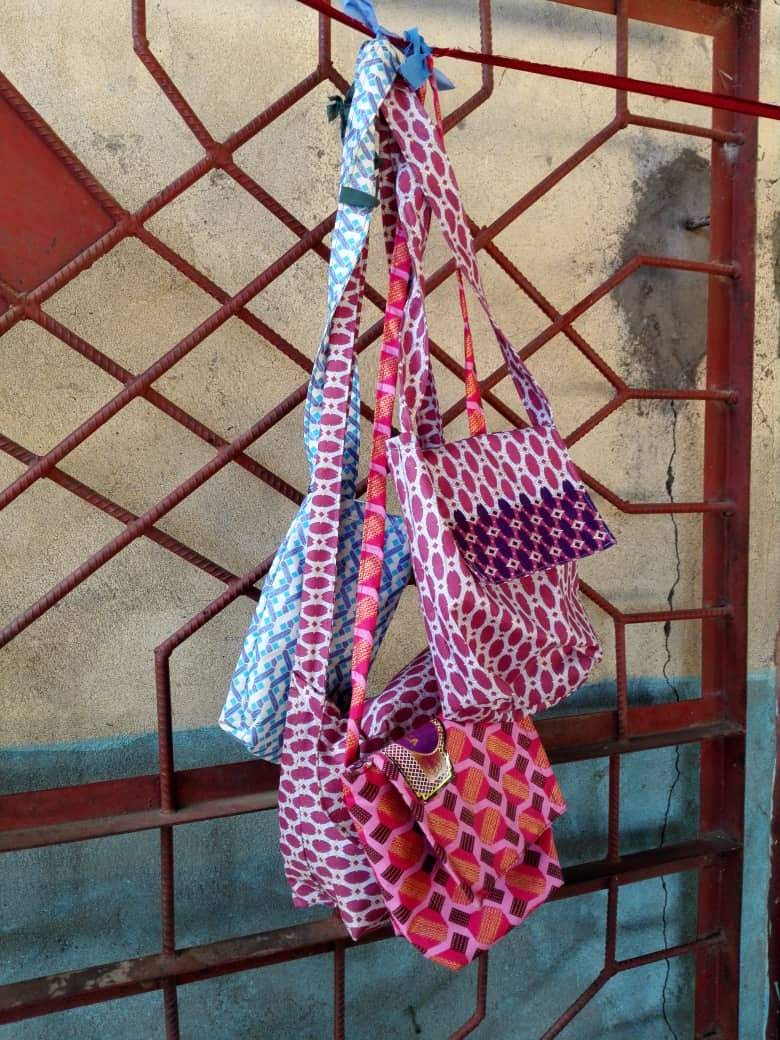
Urge our CITES delegates to VOTE at CoP18 for maximum protections for Endangered Species
Nsefu.org has partnered with the Global March for Elephants and Rhinos to urge CITES delegates to vote for maximum protections for wildlife.
One of the key asks for GMFER2019 will be to urge our CITES delegates to vote at CoP18 for maximum protections for endangered species (vote for all uplist proposals), and to reject proposals to reopen ivory trade in southern African countries, trophy hunt elephants and down list endangered species. We suggest event organizers include these calls to primary CITES representatives as a key ask of their event this year, as well as calling for a ban on the import of hunting trophies of endangered species.
Kitty Block, president of Humane Society International, said:
"Every single day, human-induced habitat loss, poaching, commercial trade and climate change are pushing more of our planet's precious wild species towards extinction. We can no longer afford any complacency when it comes to saving wild animal species threatened by over-exploitation, and so as we welcome CITES proposals to establish new or increased protections, we urge nations to ensure that species conservation is approached as a necessity not a luxury, with pro-active trade restrictions imposed long before a species is at the extinction precipice.
With ivory traffickers exploiting the long-extinct mammoth so that they can further exploit imperilled elephants, the time is now for African and all other nations to unite in the fight to end the poaching epidemic and ensure all ivory markets are closed. Giraffes too need our urgent attention, having already disappeared from seven countries and now quietly slipping into extinction with the wild population at or just under 100,000. The time to act is now, before we lose them forever.”
Nsefu Wildlife's Anti-Poaching Patrol Boat "The Spirit of Demian" Launched!
Nsefu.org is making progress in our fight against poaching.
On March 14th, the Nsefu Team launched our first dedicated Anti-Poaching Patrol boat, The Spirit of Demian. The boat is named after our Co-Founder’s son, Max Demian Wallace. Demian was an important part of the local community and helped run the Zikomo Lodge and helped to get Nsefu Wildlife Conservation Foundation off the ground.
We’d like to thank Parklane International School and friend of Nsefu Tammy Rimes for their generous donation that made the purchase of the boat possible.
A message from our Co-Founder, Coe Lewis…
“The name The Spirit of Demian captures the essence of the man himself. The loss of our Co-founder Victory Wallace's son was a loss to us all. Larger than life, the character you never forget, and a passionate human who lived life to the very fullest no matter how tough it got...Demian was a bright comet racing through our lives. It was Demian's compassion, commitment, and love for Zambia that embodies everything our foundation stands for. The NWCF patrol boat could ONLY be named "The Spirit of Demian" because he is our spiritual guide...protecting wildlife and protecting the team for the future. May she sail with success saving wildlife wherever she goes!”
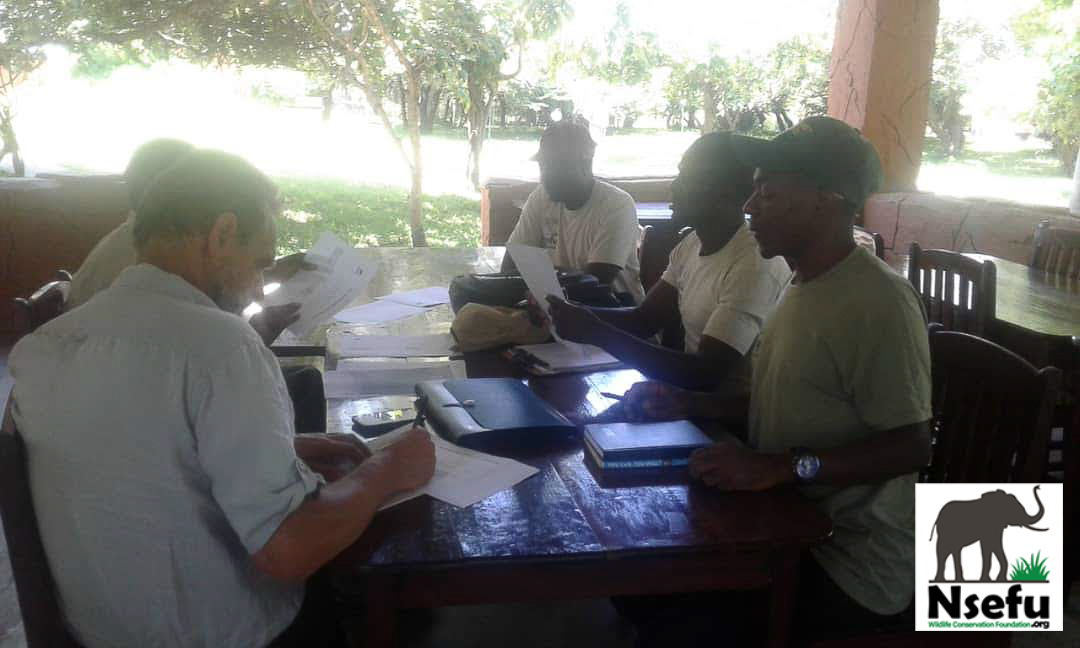
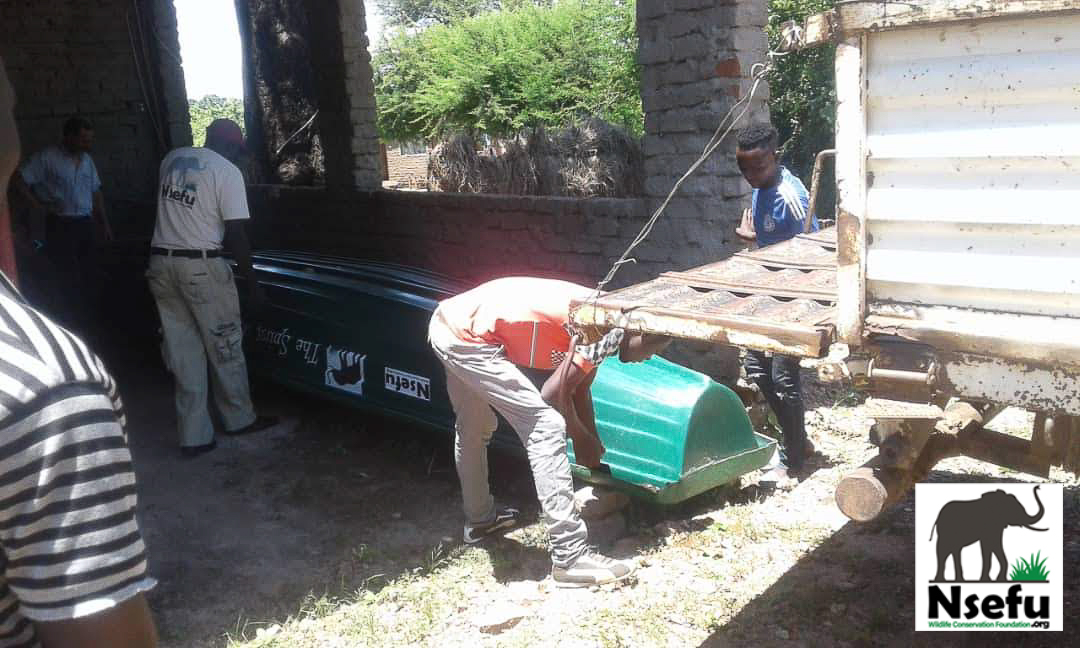
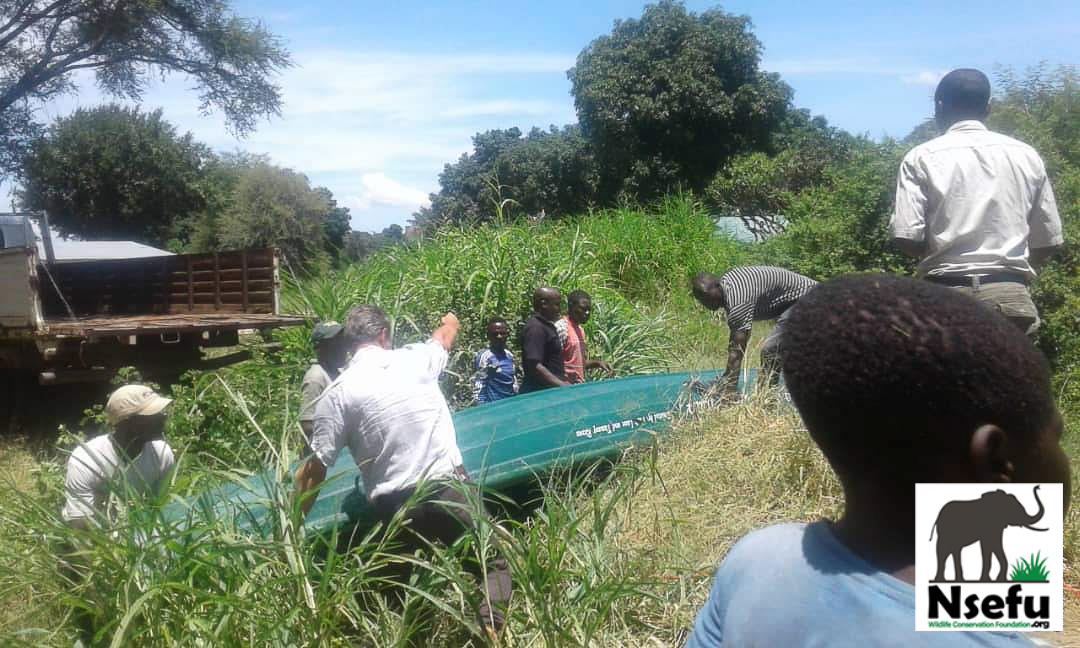
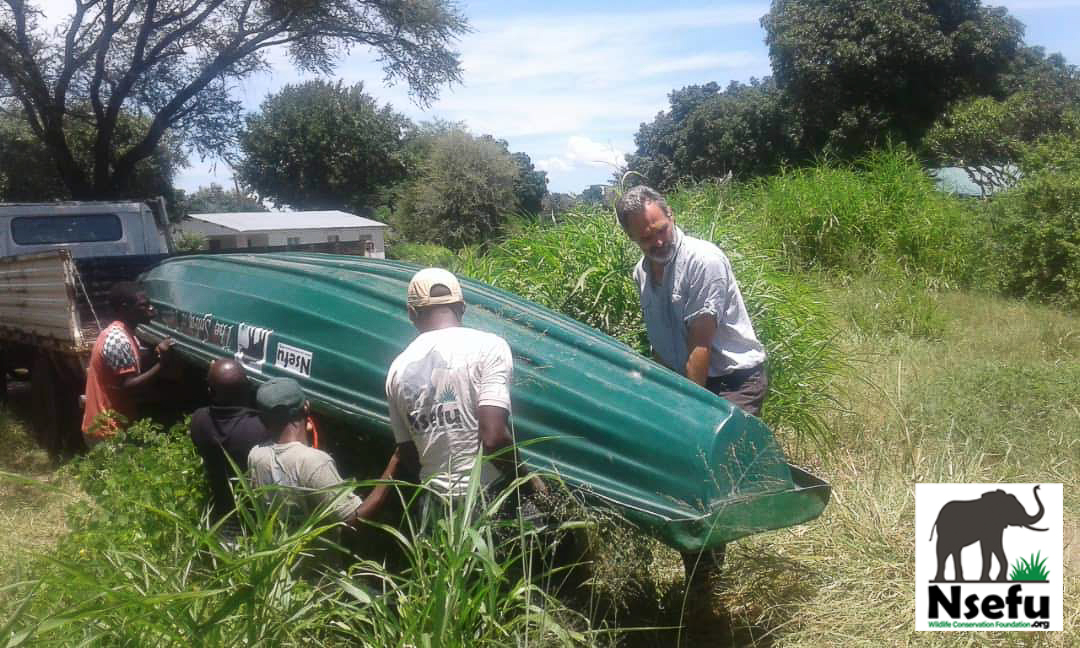
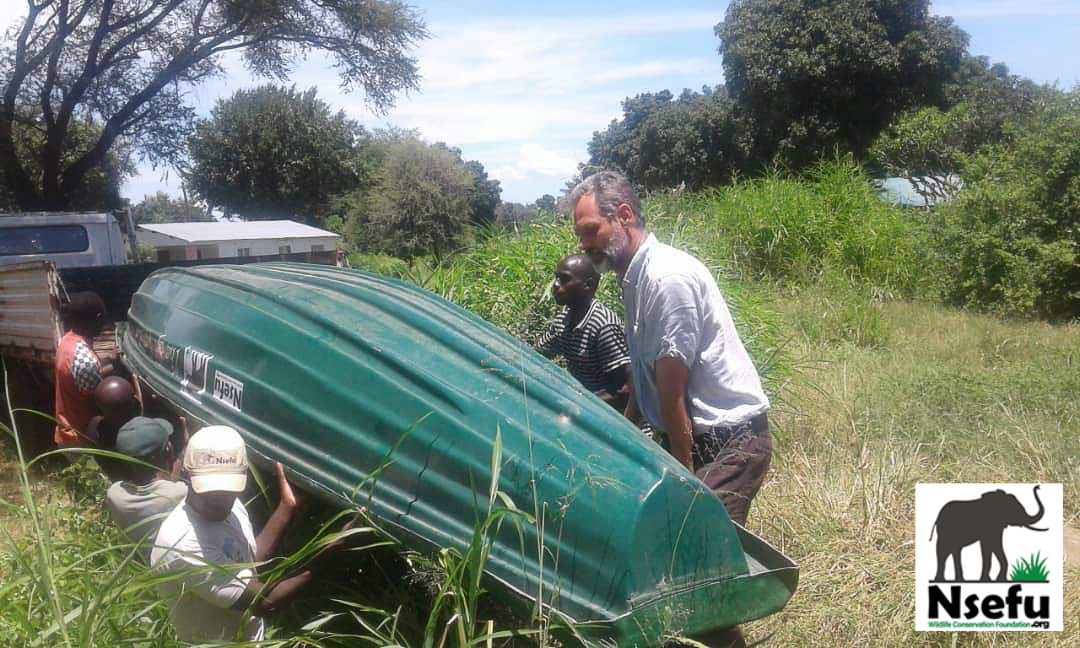

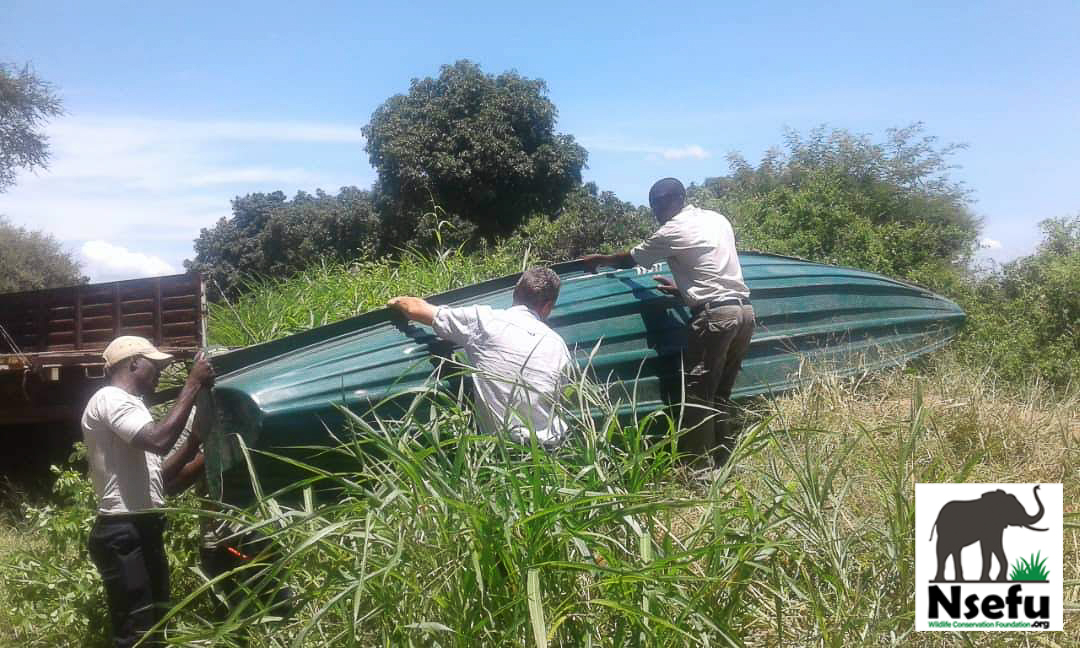
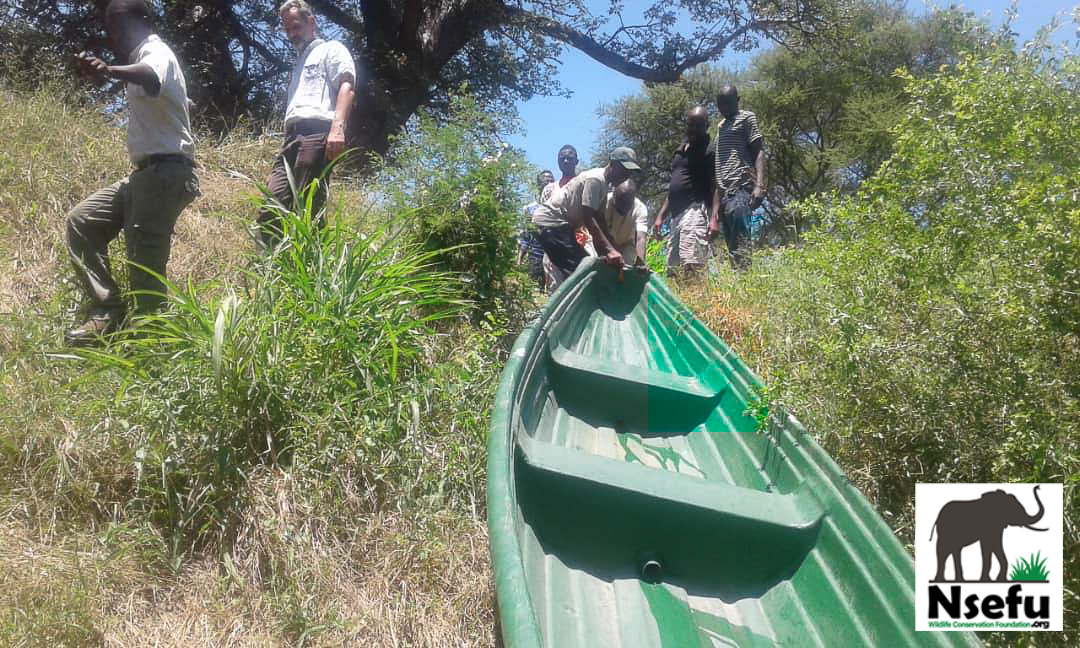
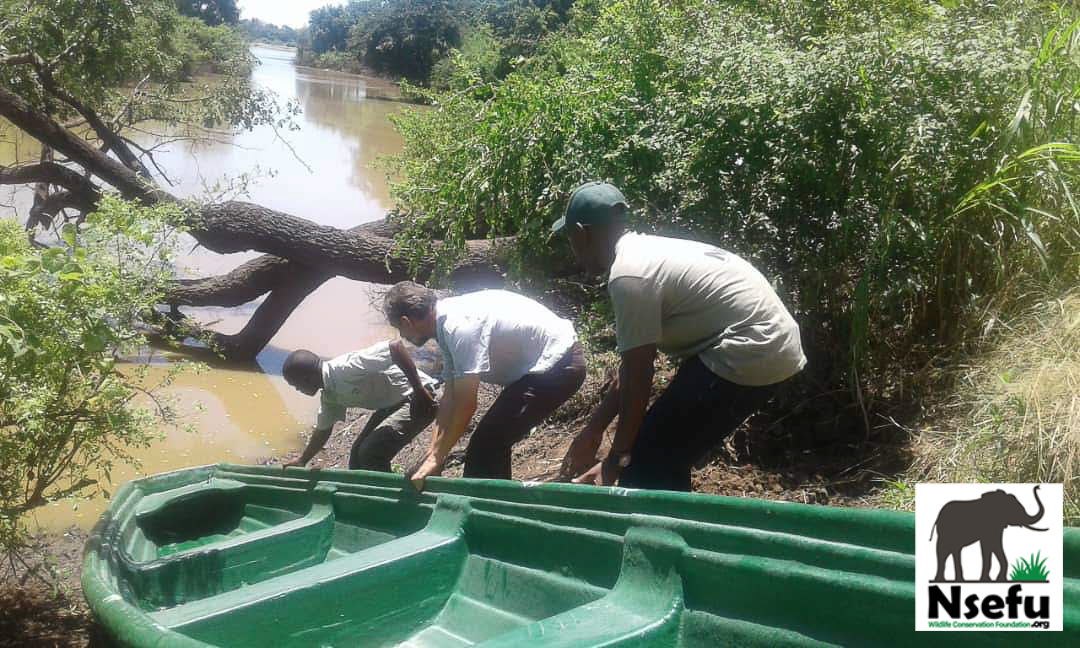

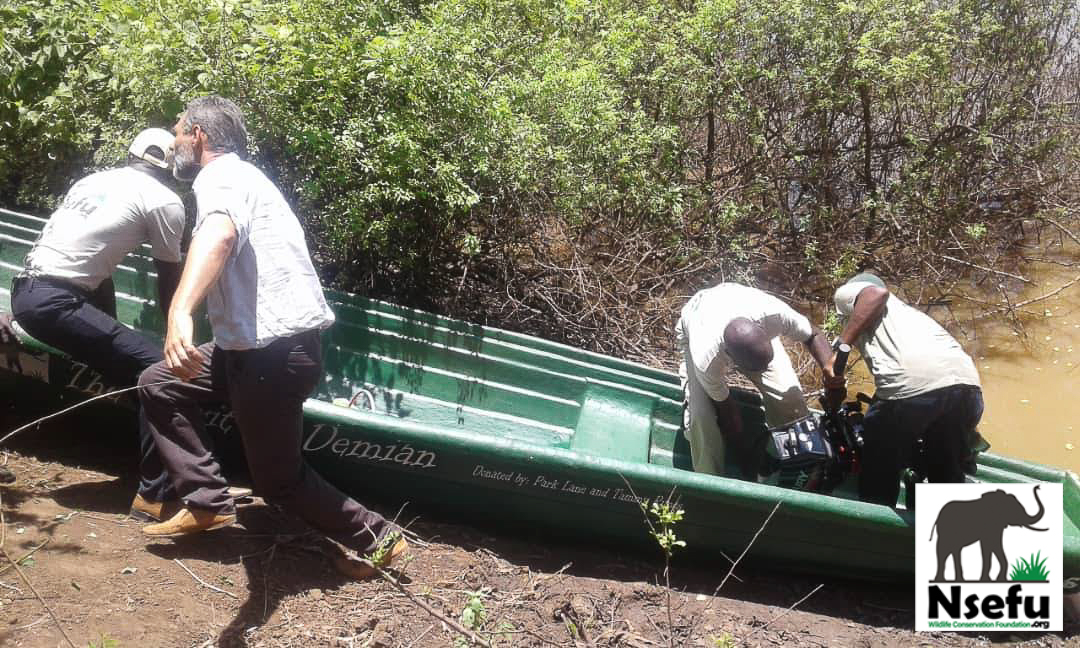
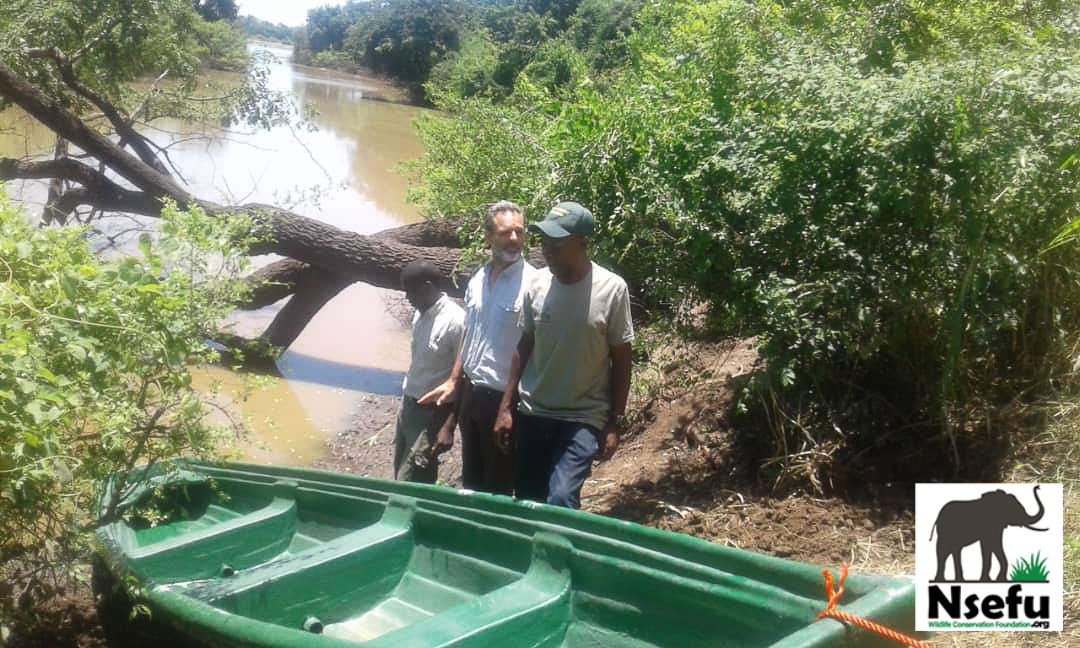
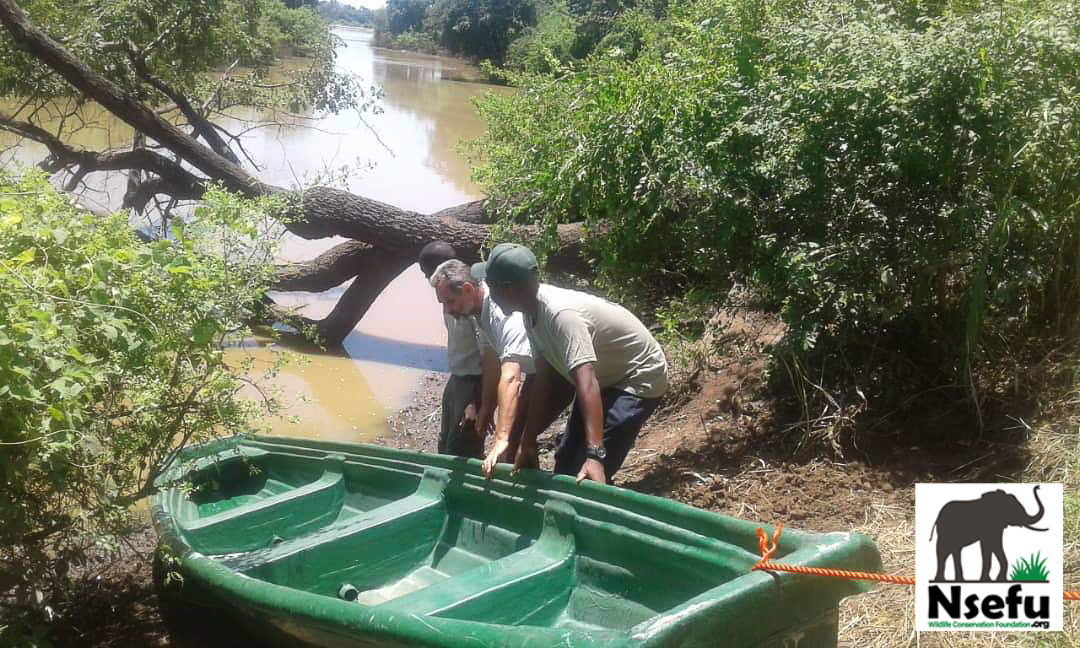
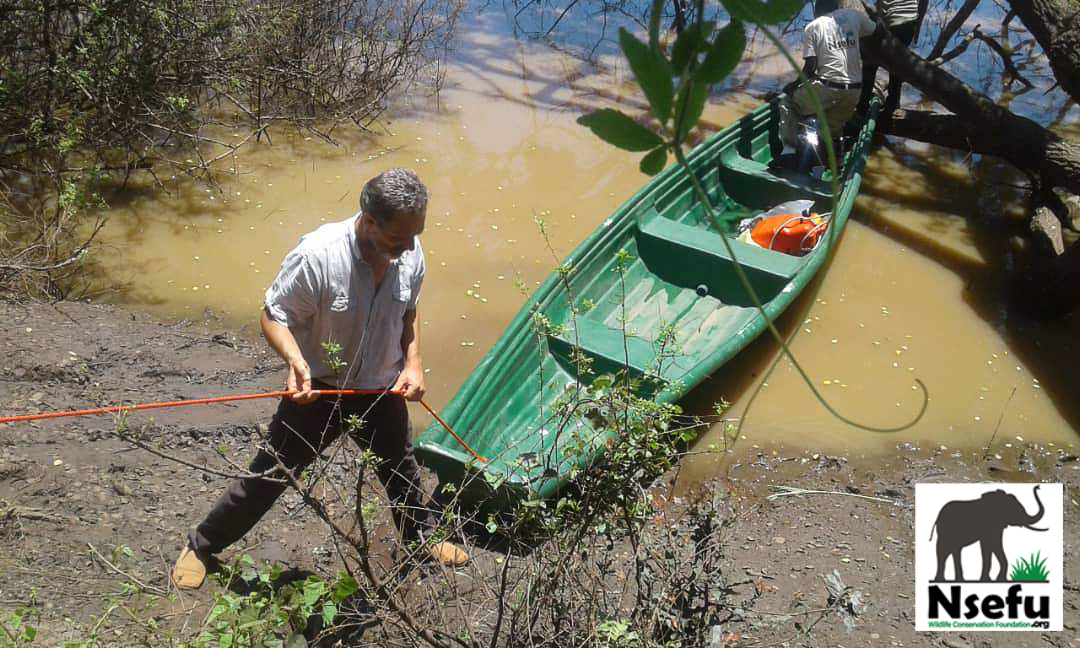
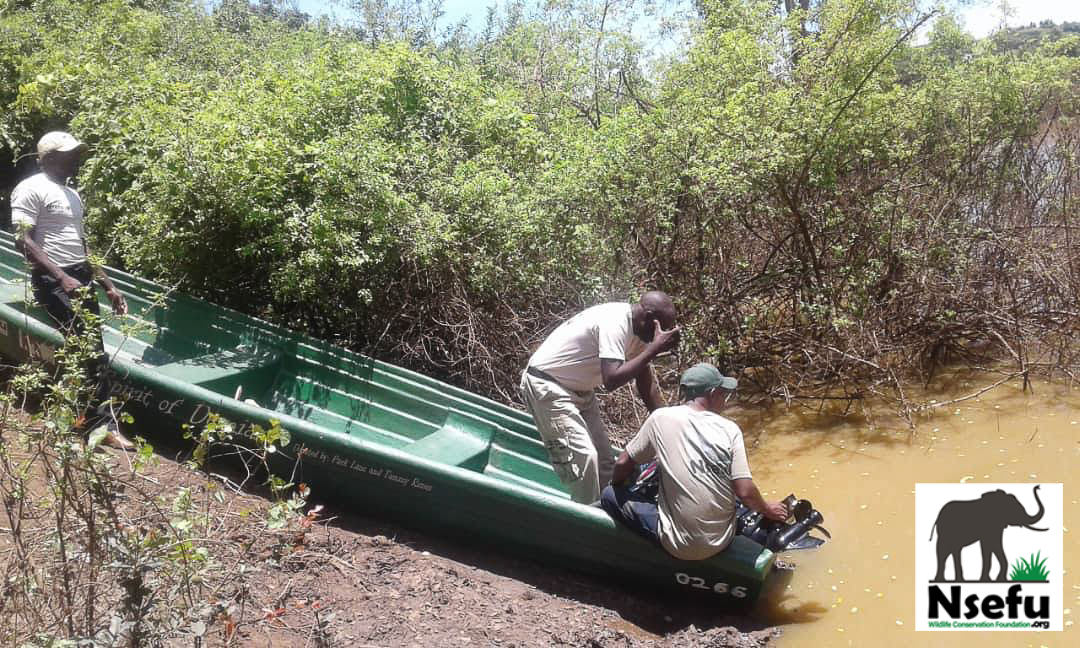
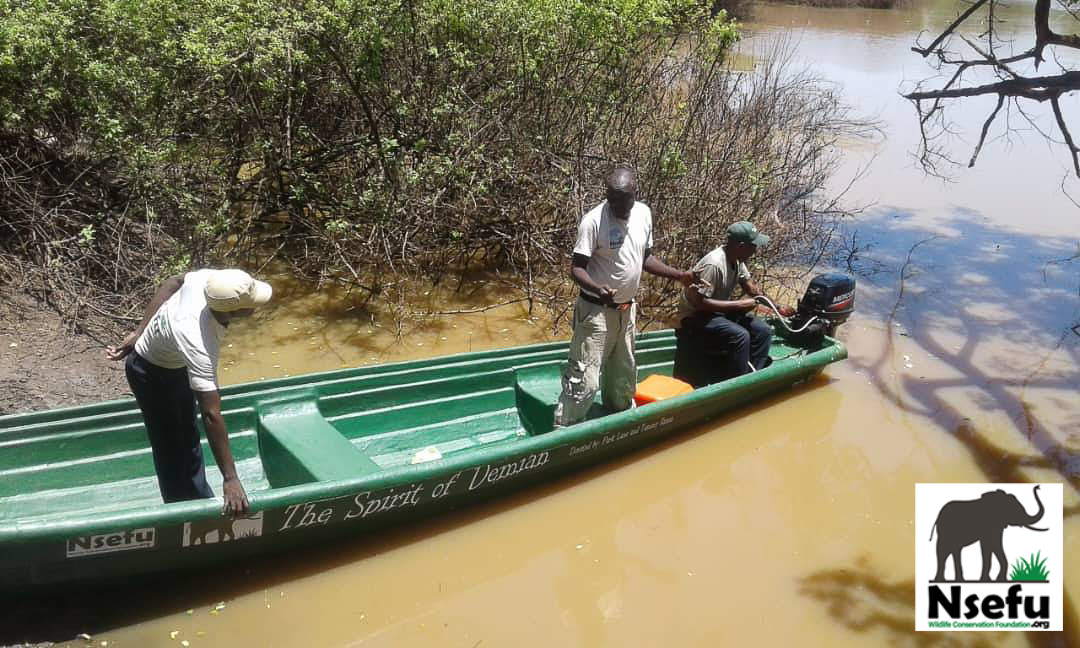

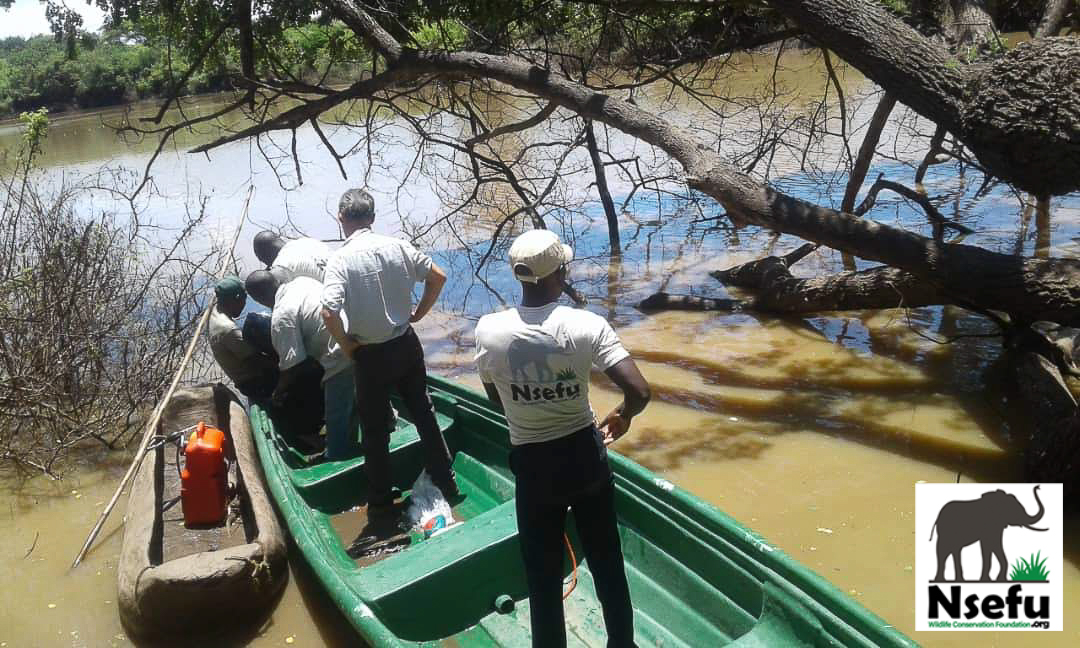
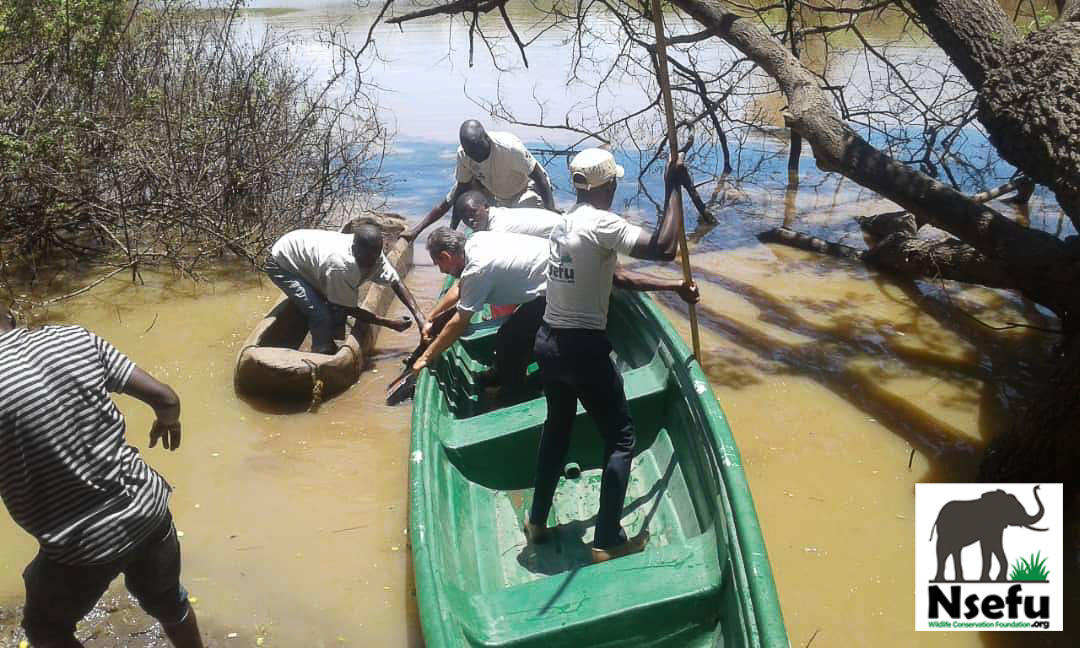
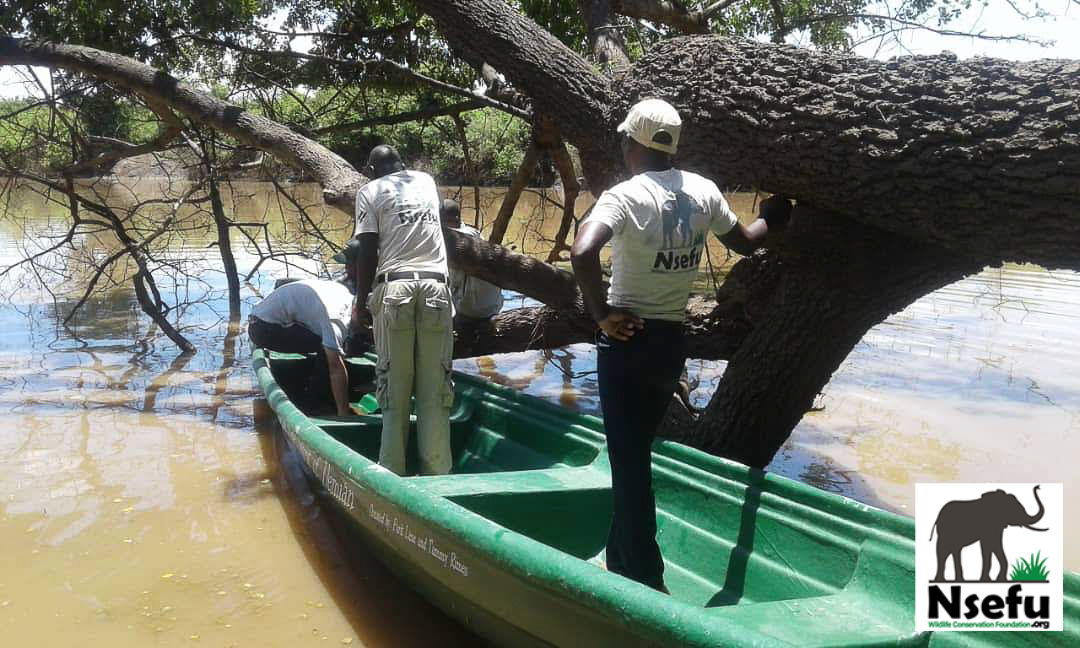
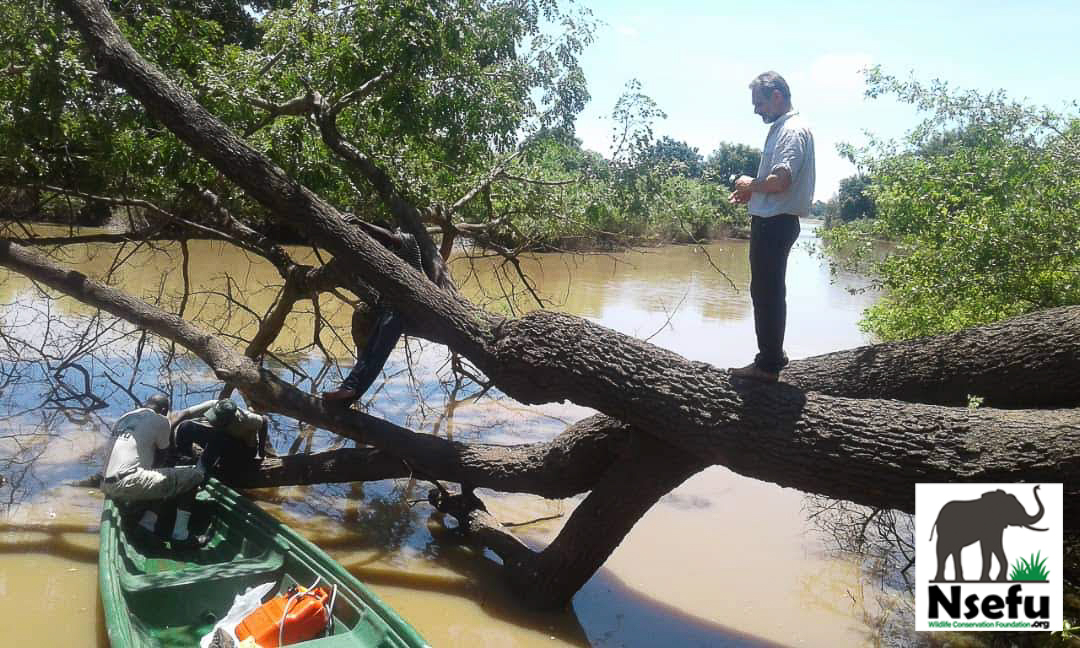
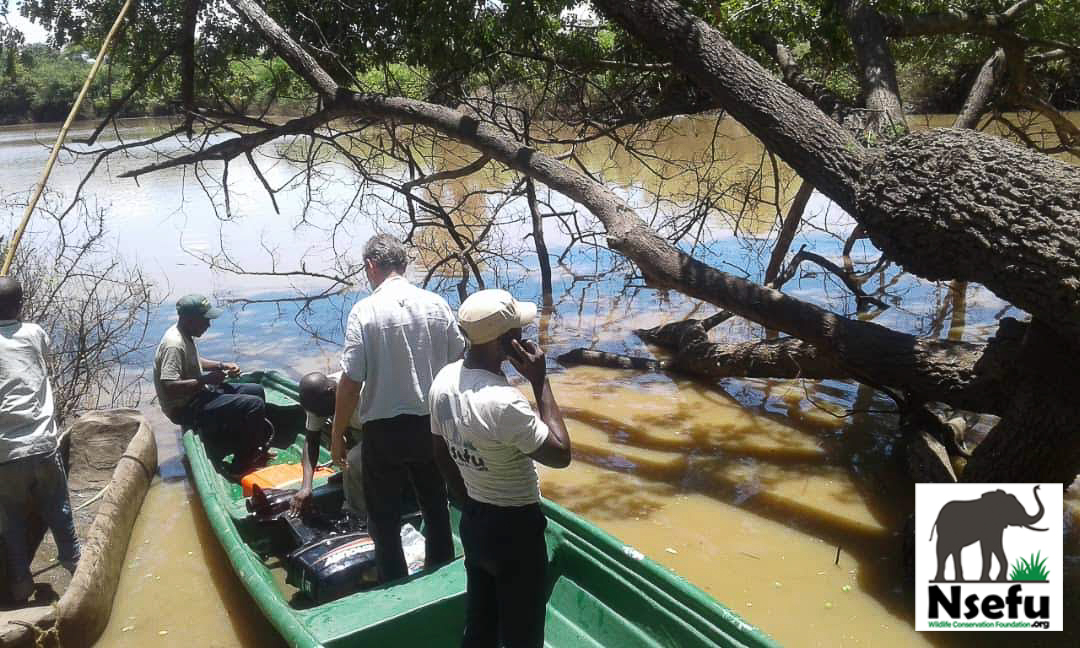
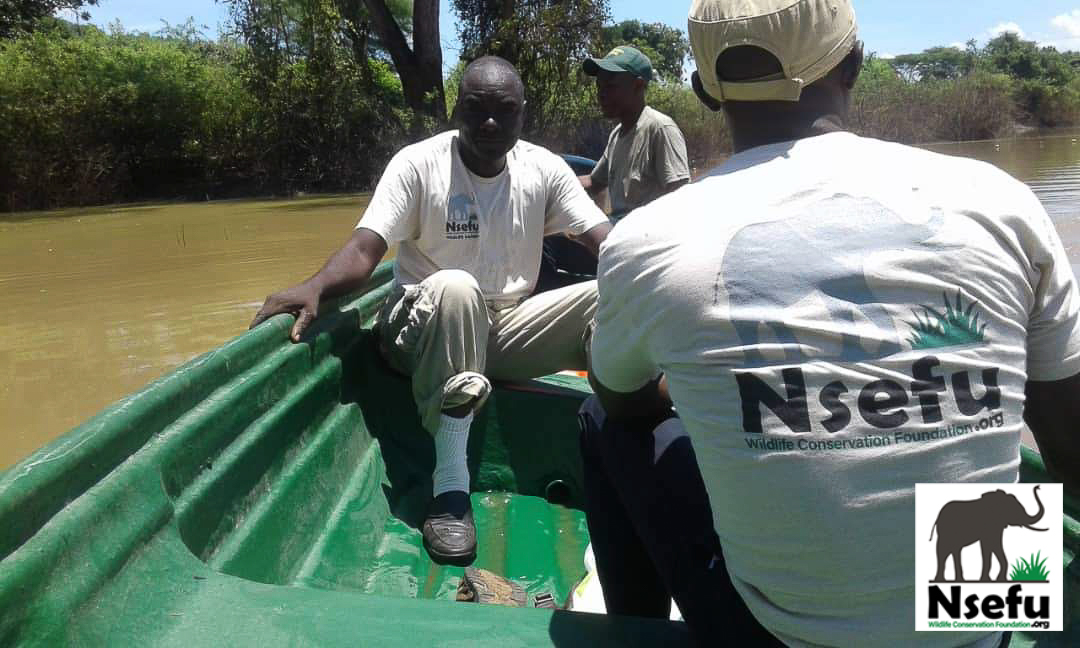
Letter to President Masisi of Botswana!
Please sign, forward to the email address on letter and share.
Please copy, add the date, sign, send and share the sample letter below. Links to a word and pdf format are also listed below.
EMAIL TO: op.registry@gov.bw
DATE…
Dr. Mokgweetsi Eric Keabetswe Masisi
His Excellency, President of the Republic of Botswana,
Private Bag 001, Gaborone
Botswana
Fax: +267 390 4017
Your Excellency, President Dr. Masisi,
The undersigned organizations representing millions of members and supporters around the world write to you today to sincerely and humbly request that you do not reinstate trophy hunting and that you also do not allow regular elephant culling.
In recent years Botswana has been hailed as a shining example of wildlife conservation, and a safe haven for elephants who are free from harassment by trophy hunters and where poaching is relatively low. Nonetheless, we are saddened of reports from the Monitoring of Illegal Killing of Elephant (MIKE) Programme under the Convention on International Trade in Endangered Species of Wild Fauna and Flora (CITES) that have pointed to an uptick in poaching in Southern Africa. In particular, Chobe National Park has experienced an increase in elephant poaching, according to the most recent MIKE report. We also acknowledge your concern about the prevalence of human-elephant conflict in Botswana.
However, trophy hunting and elephant culling does not deter poaching, nor does it resolve human-elephant conflict A successful elephant management plan should be science-based and sustainable in order to promote the long-term peaceful co-existence between humans and animals.
We are not aware of any country or community that allows trophy hunting and that also has no poaching or human-wildlife conflict. On the contrary, some of the highest levels of poaching of elephants and rhinos occur in countries that allow trophy hunting of these animals. For instance, the number of rhino poached in Namibia has increased from zero in 2014 to 80 in 2016, despite American trophy hunters having paid over a million U.S. dollars to the government of Namibia for the right to kill one of the few remaining critically endangered black rhinos on the continent. The Selous Game Reserve, a legendary hunting ground that once held the largest elephant populations in Tanzania, lost 80% of its elephants between 2007 and 2014, despite the prevalence of elephant trophy hunting in the country. The results of DNA analysis of seized ivory confirmed that 7 out of the first 10 seizures made between 2006 and 2011 originated in the cross border ecosystem of the Selous and Niassa Game Reserve, another renowned elephant trophy hunting area.
In fact, trophy hunting is harmful to wildlife conservation. Trophy hunters tend to target prime breeding males the killing of which disrupts the social structure and causes cascading negative impacts on populations, such as increased infanticide caused by the removal of dominant male lions and leopards. Conservationists have warned that trophy hunting is often poorly regulated, monitored or enforced and lacks vigorous, regular scientific reviews. The IUCN Red List assessment for the lion states that trophy hunting may have contributed to population declines in Botswana amongst other countries. Furthermore, the big cat conservation group Panthera remarked that there is little evidence that trophy hunting fosters increased tolerance of leopards or other large carnivores and therefore offtake by trophy hunting likely compounds, rather than relaxes pressures on local leopard populations as new individuals move in to fill the niches caused by trophy hunting.
Elephant culling is not a permanent solution to human-elephant conflict. It may remove the problem for a time, but it will not control the continued growth of the elephant population, or the movement of elephants into the areas vacated by the culled elephants. Furthermore, culling causes immense social disruption, the consequences of which may result in increased elephant aggression and disturbance behaviour for many decades, detrimental to residents and tourists alike. There are many proven, science-based techniques being used successfully to mitigate human-elephant conflict in other African countries. We urge you to employ these over culling.
Elephants are an iconic African species, beloved by millions of people around the world, many of whom travel to Africa every year to personally experience the majesty of elephants and Africa’s other majestic wildlife.
Botswana should take pride that no other country can claim to be the last safe area for elephants. We urge you to continue to uphold Botswana’s upstanding conservation legacy by continuing to prohibit trophy hunting in public lands and not allowing elephant culling.
Your Excellency, we extend our most sincere gratitude for your consideration of these comments.
Sincerely,
YOUR NAME…
cc: Dr. Jeff Ramsay, Deputy Permanent Secretary for Media, Ministry of Communications, Science and Technology. jramsay@gov.bw
Tell the Botswana government to say NO to lifting the ban on trophy hunting
Help stop the lifting of the Trophy Ban in Botswana!
In 2014, Botswana made a historic move by banning trophy hunting. Now the country is considering reversing the trophy hunting ban by creating laws to help trophy hunting grow throughout the country. Botswana is also considering instituting regular elephant culling in a misguided attempt to manage their elephant populations and to use the elephant meat as pet food. This backwards thinking will threaten the country’s imperiled species, such as elephants, rhinos and leopards, who are struggling to survive intense pressures from poaching, habitat loss and human-wildlife conflict.
Chinese 'Queen of Ivory' jailed for 15 years in Tanzania!
Finally justice for selling poached ivory!
(CNN)A Chinese woman, nicknamed the 'Queen of Ivory' and thought to be one of Africa's most notorious traffickers, has been sentenced to 15 years in prison, Tanzanian authorities told CNN.
On Tuesday, a Tanzanian court found Yang Feng Glan, 70, guilty of smuggling 860 elephant tusks that authorities say are worth $6.45 million.
Yang Feng Glan, was sentenced along with her Tanzanian co-accused Salivius Francis Matembo and Manase Julius Philemon.
They were also sentenced to an additional two years in prison under Tanzania's Wildlife Protection Act, which they can convert into a fine amounting to twice the value of the ivory they are charged with smuggling. Authorities put this value at $12.9 million dollars.
Thank you Jan Honza Bebr & Parklane International School!
We’re grateful to Jan Honza Bebr & Parklane International School for their support.
Nsefu.org would like to thank Jan Honza Bebr & the Parklane International Schools for their support of our conservation efforts in Zambia.
400,000 African Pangolins are hunted for meat every year – why it’s time to act
Find out more about the Africa’s Pangolins plight.
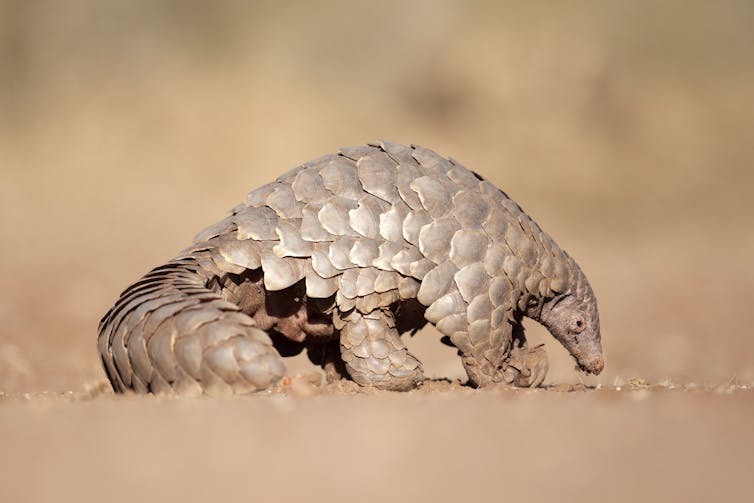
Pangolins, a group of unique African and Asian scaly mammals, are considered to be one of the most heavily trafficked wild mammals in the world. They are hunted and traded for their meat, scales, and other body parts, and used as traditional medicines in parts of Africa and Asia.
Of the eight pangolin species, four are found in Africa. These are the white‐bellied, black‐bellied, giant, and Temminck’s ground pangolin. Three of these species live in Central African forests. The tree-dwelling white-bellied and black-bellied pangolins, weighing approximately 1.5 to 3kg (comparable to a small rabbit), and the ground-dwelling giant pangolin can weigh up to 33kg (the weight of a small Labrador dog).
But little is known about population sizes, mortality rates, and reproductive potential of African pangolins. Mounting evidence suggests that as the availability of Asian pangolins declines, and international trade flows increase, traders increasingly supply the more abundant and less expensive African pangolins to meet demand.
Seizures of pangolins and their scales and skins from Africa, destined for Asia, are increasing with over 53 tons seized in 2013 alone. These estimates likely represent a fraction of all pangolins traded, and an even smaller portion of the number of pangolins hunted.
To better understand how many pangolins are hunted in Central Africa each year, I and a team of researchers collated information on the quantities of animals that hunting villages extract from the forest, from studies conducted over the last 20 years. By doing this we can provide crucial information on regional trends which can be used to inform conservation actions and policy.
What we found
We looked into the number of animals hunted in villages and offered for sale by collating data from research and reports that covered over 100 areas in sub-Saharan Africa between 1975 and 2014.
We extracted information on whether the animal was eaten or sold, how they were hunted, the sex, age category, and price. Other species typically hunted for meat include blue duikers, brush-tailed porcupines and greater cane rats.
For Central African forests in Cameroon, Central African Republic, Equatorial Guinea, Gabon, Democratic Republic of Congo and Republic of Congo, we estimated that at least 400,000 pangolins are hunted annually for meat.
But we don’t yet know whether pangolins can withstand these levels of hunting. This is mainly because we don’t yet have reliable pangolin population estimates for any of the species that inhabit Central African forests. Ideally, we would also need population and hunting data in the same location to be able to understand the levels of hunting that lead to population declines.
Pressures
The pressures on African pangolins are likely increasing for several reasons.
Firstly, increasing deforestation across West and Central African countries has reduced their habitat, particularly for the semi-arboreal white-bellied pangolin and the arboreal black-bellied pangolin, which rely on forest habitats.
As the human populations grow in West, Eastern and Central Africa, this may exacerbate trends in deforestation and wildlife consumption.
Secondly, increases in the accessibility of remote areas to people and extractive industries may lead to more pangolin hunting. For example, a recent study showed that Asian industry workers in Gabon requested pangolins from hunters more than any other species.

Finally, the international trafficking of pangolins over the past decade has boomed. They are one of the most trafficked wild mammals in the world. For example, eight tonnes of pangolin scales trafficked from Nigeria, one of the largest ever hauls of scales, was intercepted a couple of weeks ago in Hong Kong.
Time to act
While the media has greatly increased its coverage of the plight of pangolins in recent years, financial and political support for conservation is still greatly needed. This includes support for pangolin population monitoring, identification of pangolin strongholds and areas in need of conservation, and the identification, design and testing of conservation interventions, where needed.
Without these steps we may see the African pangolins follow in the footsteps of their Asian counterparts.![]()
Daniel J Ingram, Researcher in Conservation, UCL
This article is republished from The Conversation under a Creative Commons license. Read the original article.
La Jolla gallery owner, employee convicted in ivory trafficking case!
Although it wasn’t the verdict we wanted, it’s a first step in protecting wildlife!
SAN DIEGO (CNS) - The Carlton Gallery in La Jolla, its owner and an employee were ordered to pay a total of $210,000 in fines for trafficking $1.3 million in illegal ivory, San Diego City Attorney Mara Elliott announced Tuesday.
Gallery owner Victor Hyman Cohen was convicted of 11 counts of ivory trafficking while salesman Sheldon Miles Kupersmith was convicted of eight counts. The gallery and Cohen were ordered to pay $75,000 each in fines, while Kupersmith must pay $60,000 in fines, according to Elliott's office, which said the fines are the largest for ivory trafficking in state history.
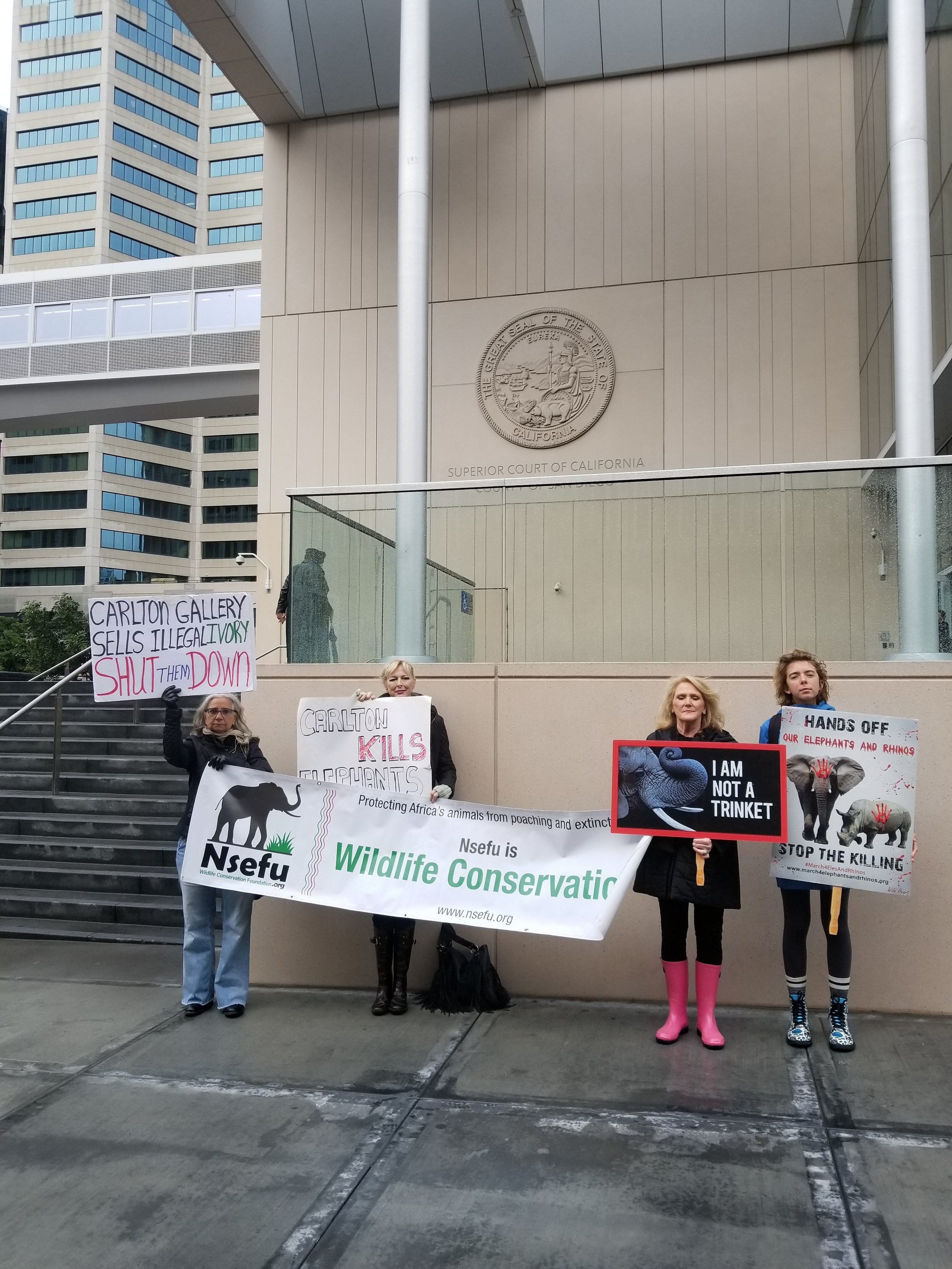
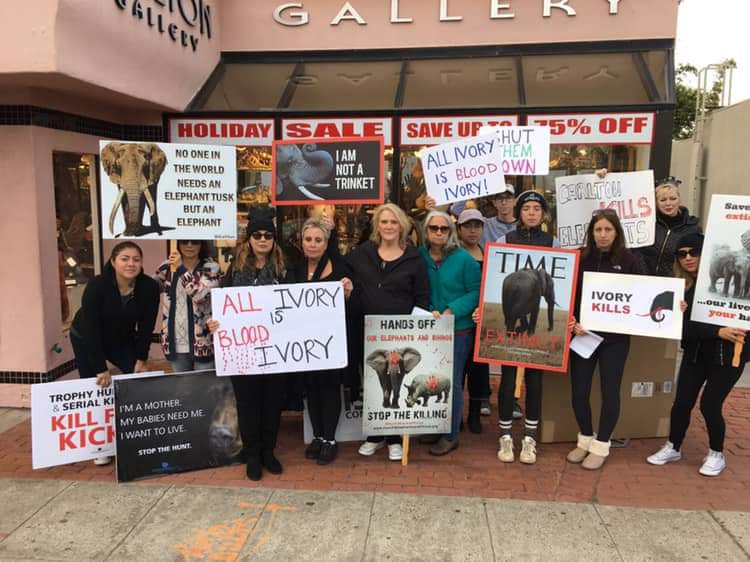
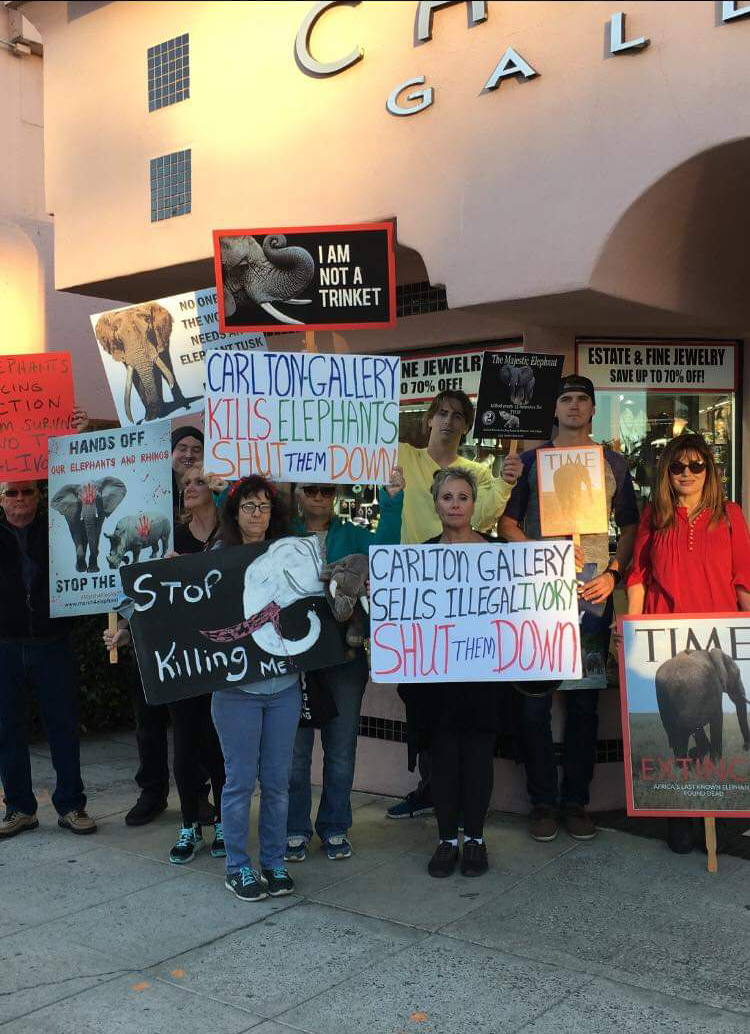

The value of Zambia’s wild yam. Why it matters!
Lusala a local wild yam in Zambia that supplements diets has seen a considerable rise in demand.
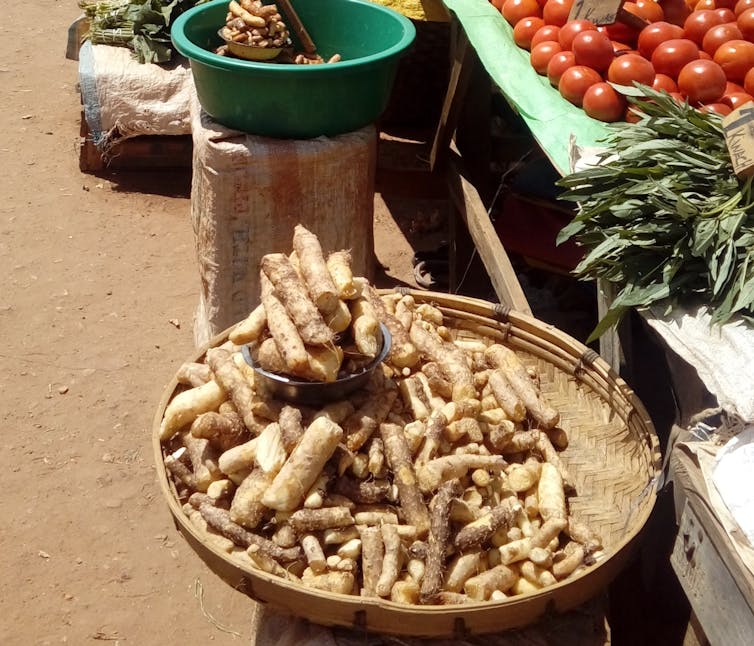
Wild harvested crops are a vital source of food in much of the world. Some common wild edible plants in southern Africa include wild mushrooms, such as Termitomyces titanicus, orchids from the genera Disa, Habenaria and Satyrium, and various wild vegetables such as wild spinach (an amaranth), and Cleome species.
The well-known adage “you can’t manage what you can’t measure” is relevant here. If foraging is not quantified then its economic and social value may be ignored by decision makers in a world where major decisions are often driven by quantitative data.
One such unrecorded estimate of the value of foraging has now been provided in southern Zambia.
The tubers of the wild plant lusala are sold in markets. Lusala, the Tonga name for the wild yam Dioscorea hirtiflora Benth, is a tuberous, climbing wild plant that’s indigenous to Zambia and grows in the country’s forests. To answer the question “is this wild edible plant important?”, we surveyed the plant’s role in the lives of 278 rural households across four different districts in the southern province of Zambia and in market traders’ businesses in three towns.
We were astonished at the dependence on this wild yam. Almost all (96%) rural households ate lusala. A high portion collected tubers from forests (83%) while over half (59%) sold tubers they collected. There were no differences among districts.
This new understanding of the level of lusala use means that it’s possible to place a value on it, and to begin to understand how important forests in the region are to maintaining supply. Forests in Zambia are under threat, with deforestation happening at an alarming rate.
Many of those interviewed recognised that lusala foraging from the forests is at risk. Lusala populations were reportedly declining with “hotspots” taking longer to find, and tubers taking longer to collect. Causes cited include: overharvesting (population growth is increasing the number of foragers), declining rainfall, forest clearance for homesteads, crop production, or charcoal production, or wild pigs eating tubers.
What we found
Tuber collection was a dry-season activity, almost entirely by women and girls, when crop production activities were limited. The time taken to walk to the “hotspots” where lusala could be found varied considerably among districts, from around 30 minutes to over two hours. Collecting 1kg of tubers took from under 20 to over 40 minutes at these sites, with collecting trips every 4-6 days in April (the peak month).

In that month, each household collected an average of 28kg of tubers, of which some 12 kg was consumed in the same month and the rest bartered or sold.
Lusala is a local, seasonal delicacy that supplements diets: it’s considered tasty, blends well with groundnuts, eggs, fish and meat in meals. It is in considerable demand from urban populations also.
Market traders confirmed this. On average, each sold over 800kg of tubers in the month surveyed. Moreover, they were sourcing lusala from as far as 250–320km away to meet demand from urban populations.
There’s a strong socio-economic argument for the protection of native forests when the value of wild-harvested lusala is recognised.
Forests under threat
Forests are of vital importance, ecologically, aesthetically, and economically as sources of timber, fuel wood, food, fibre, medicines, to name a few. Forests are particularly important to people in rural areas who forage diverse natural products, including non-timber forest products. This is vital in alleviating poverty; yet the global forest area continues to decline.
The majority of Zambia’s population of over 16 million is rural, including in the Southern Province, and rural poverty is high. Deforestation in Zambia is also high, with between with 79,000 to 150,000 hectares of forest destroyed each year. Charcoal production, fuel wood collection, conversion to farmland and urbanisation are among the contributory factors.
Some good news
Identifying this previously unrecognised contribution to the quality of life of several million people in central, southern, and western Zambia is only a first step. This wild edible plant and its habitat now need to be protected in a way that enables sustainable foraging by local people to continue.
The good news is that elders in the communities in which we did our research all have considerable knowledge of the plant and of sustainable foraging, vital assets for sustainable development. Their knowledge needs to be harnessed to protect lusala, as well as the forests it grows in. Alternative ways of sustaining the plant should also be considered, such as multiplying tubers in nurseries and reintroducing in depleted areas.![]()
Richard Ellis, Professor of Crop Production, University of Reading; Alastair Culham, Associate Professor of Botany, University of Reading, and Donald Zulu, PhD candidate, University of Reading
This article is republished from The Conversation under a Creative Commons license. Read the original article.
Global wildlife regulator to consider relaxing ivory trade bans, prompting fears of huge rise in elephant poaching
Conservationists alarmed as Botswana, Namibia, Zambia and Zimbabwe seek permission to sell off stockpiles!
Story by Jane Dalton / www.independent.co.uk
The international body responsible for protecting endangered animals is to consider relaxing restrictions on the ivory trade, prompting fears such a move could trigger a huge rise in elephant poaching.
© Provided by Independent Digital News & Media Limited
Wildlife experts warned against any loosening of the rules as several African countries pushed to end a near-global ban on sales of the material extracted from tusks.
Botswana, Namibia and Zimbabwe are all demanding they be allowed to sell off stockpiles of raw ivory on their home soil as well as from South Africa.
Zambia, meanwhile, is pressing to have the status of its elephants downgraded to a category “not necessarily threatened with extinction”, allowing its ivory to be legally sold.
Leaders of the four countries have put their controversial proposals to the next meeting of the Convention on International Trade in Endangered Species (Cites), to be held in Sri Lankan capital Colombo in May.
African elephant numbers have plummeted in recent decades, largely because of widespread poaching for ivory, which is illegally sold to south-east Asian buyers.
According to WWF, every year about 20,000 African elephants are killed by poachers for their tusks – an average of one every 25 minutes.
Born Free believes that populations have dropped from five million a century ago to fewer than a tenth of that number now.
Botswana, Namibia and Zimbabwe, who argue that ivory trading will pay for conservation, want to sell government-owned stocks of raw ivory.
After seeing decades of poaching, Cites banned international sales of new ivory in 1989, allowing elephant numbers slowly to recover.
But in 1999 and 2008, Cites let first Japan, then Japan and China, buy many tons of ivory in experimental sales, which conservationists say enabled traffickers to again ply their trade because it can be impossible to tell legal ivory from poached.
Today China, the US and the UK have banned ivory sales but many countries still allow some commercial trade, and illegal poaching has continued despite efforts by African governments to crack down.
Cites watchers suspect on balance that the three proposals are unlikely to win the two-thirds majority – of 183 members – needed for them to pass.
“There isn’t really any appetite in the international community to agree to this,” said Colman O’Criodain, a wildlife trade expert for WWF.
But Peter Knights, chief executive of the WildAid charity, warned that any relaxation of restrictions could lead to a massive rise in elephants killed.
Photo: Coe Lewis / Nsefu.org
He said Cites’ earlier one-off sales had failed to stem demand.
“Between 1975 and 1989, elephant numbers halved due to poaching and ivory being laundered into the ‘legal’ trade,” he said. “In 2008 the experiment was re-run with similar results – poaching escalated up to 33,000 a year.
“History has shown that traders find a way to use legal trade as a poaching conduit so we need to use other income sources, such as tourism, to support conservation.”
The proposals are likely to be opposed by Kenya and Gabon, supported by conservationists, who believe even limited trade fuels demand and drives up killing.
Kenya and Gabon want elephants in southern Africa to be promoted from Appendix II to Appendix I, which would mean the creatures were officially considered at risk of extinction.
Botswana, Namibia, Zimbabwe and South Africa have more than half of Africa’s total elephant populations between them.
In October, Botswana’s president Mokgweetsi Masisi joined the Giants Club, which aims to protect half of Africa’s elephants by 2020.
As human populations increase, wildlife habitats are under increasing pressure, putting the mammals at greater risk of being killed as they stray onto land where crops are grown in search of food.
In 2016, the International Union for the Conservation of Nature reported that Africa’s elephant population had suffered its worst decline in 25 years. In East Africa, elephant populations had nearly halved in a decade.
A census across 18 countries also found that in seven years, 30 per cent of Africa’s elephants had disappeared.
Zambia said elephants were competing with people in rural areas for resources and that Zambians would be more tolerant if they see “economic returns earned from the sustainable use of elephant”.
At its last meeting in Johannesburg in 2016, Cites rejected appeals to relax ivory trade bans, and Matt Collis, a Cites expert at the International Fund for Animal Welfare, agreed that unless anything substantial had changed, the new proposals would probably not have enough support.
Mr Collis said it made no sense to sell off stockpiles again when the poaching crisis remained so severe.
The “divisive” proposals were a distraction from what the world should focus on: supporting countries to put more resources into elephant protection, he said.
“The poaching crisis is still acute, and any legal market has the potential to stimulate demand for ivory,” he added.
China banned ivory trading in 2017, and last year Hong Kong promised to phase out its elephant ivory trade by 2021.
Last month a UK law banning ivory sales – with a few strict exceptions – passed through parliament.
But Vietnam, Thailand and Laos remain big markets.
The US has effectively banned ivory deals, and after some wrangling with Donald Trump, US officials now review permits on a case-by-case basis.
But the world’s largest exporter of legal ivory is Europe.
In 2017, the European Commission banned the export of raw ivory, but not products containing it. Just two months ago, officials shied away from introducing a total ban despite respondents to a consultation calling overwhelmingly for tighter rules.
Mr Collis said that in 2010 all African-range countries agreed the African Elephant Action Plan, tackling poaching on the ground and targeting transit countries and markets such as China.
